Where is Ireland going? What would St Patrick say and do today?
The video above, produced by Fáilte Ireland (the Irish tourist board) has been doing the rounds recently. It was produced in honour of St Patrick’s Day, and its central message is, ‘Ireland Inspires’. It celebrates the achievements of this little island in a way that blends the old (literature, landscape) and the new (science and technology, contemporary music). Initially, I was impressed, but watching it a second time highlighted something that made me uncomfortable: this self-presentation of Ireland involved a major emphasis on business prowess. In itself, this isn’t a bad thing, but taken with the absence of any witness to transcendent values, this video shows the dominance of the utilitarian over the spiritual which is sadly definitive of contemporary Ireland.
It’s hard to understand the processes that have led to Ireland turning so quickly and decisively away from its Catholic heritage. We shouldn’t exaggerate the situation, of course, and there are good practice rates in many parts of the country. But all the major cultural outlets exhibit the same disdain for all things ecclesiastical, and even all things spiritual – Ireland has ‘come a long way’ and is continuing to ‘move on’.
In this context, a major temptation presents itself to Irish Catholics: retreat to the ghetto. Such a strategy essentially involves substituting retrenchment for evangelisation, making do with a ‘faith world’ which offers familiarity and comfort (a strategy which is shared by so-called ‘liberals’ and ‘conservatives’ alike). Like all temptations, this retreat strategy includes some desirable aspects: at the very least it provides some kind of escape from the rapid change of values that is engulfing modern Ireland. What it lacks, though, is an essential element of Irish Christianity from its inception: the missionary spirit.
We can find the wellsprings of this missionary spirit in the life and writings of St Patrick himself. St Patrick was extremely unusual for his time: a missionary bishop whose obedience to God’s call brought him (back) beyond the bounds of the Roman Empire. His Confessio bears passionate testimony to his conversion, his vocation as a missionary to the Irish, and his intimate following of Christ through immense difficulties. His work in Ireland bore great fruit, to his own amazement:
How, then, does it happen in Ireland that a people who in their ignorance of God always worshipped only idols and unclean things up to now, have lately become a people of the Lord and are called children of God? How is it that the sons and daughters of Irish chieftains are seen to be monks and virgins dedicated to Christ? (Conf. 41).
This simple saint saw himself as ‘a letter of Christ bearing salvation to the uttermost parts of the earth’, even if the letter is not ‘elegantly written’. He knew that his gifts were limited, and that his mission was daunting, but, more importantly, he knew that nobody should be excluded from the love of Christ, even those in the ‘uttermost parts of the earth’, even those, as Pope Francis would say, ‘at the margins’.
The contemporary situation in Ireland makes many followers of Christ despair of ever ‘regaining’ Ireland. ‘The Irish people are gone astray’, we might say, ‘Let them go their way, and let us focus on being good Christians’. Evangelical St Patrick points to a different way:
In Hosea God says: “Those who are not my people I will call ‘my people’ and her who had not received mercy I will call ‘her who has received mercy’. And in the very place where it was said, ‘You are not my people’, they will be called ‘sons of the living God” (Conf. 40, quoting segments from Hosea 2).
True sons and daughters of St Patrick, then, will never give up on their contemporaries, but will see, even in those furthest from the Church, children loved by the Father, called to receive mercy and adoption into His people.
#IrelandInspires? Perhaps. But more importantly, #PatrickInspiresApostles.
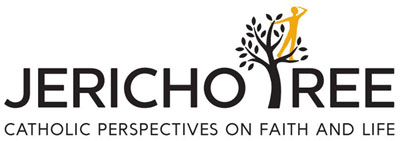



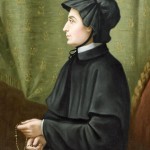

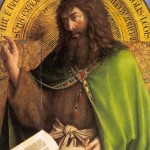
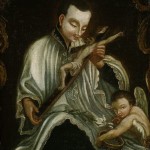
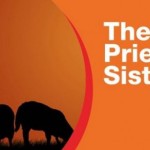








Ważnym wydarzeniem dla historii Polski jest przyjęcie chrztu przez władcę Mieszka w 966r. Data ta jest początkiem państwa polskiego. Wcześniej wyznawano różne pogańskie religie. Odtąd chrześcijaństwo stało się w Polsce religią państwową. Miało to dobre skutki dla kraju w dziedzinach : wiara, polityka, kultura, sztuka, rolnictwo. Polska w szybkim tempie zaczęła się rozwijać. Ale póź niejsze czasy przynosiły dążenia aby oddielić kościół od państwa. Ikona Matki Bożej z Jasnej Góry w Częstochowie , namalowana prawdopodobnie przez św Łukasza Ewangelistę, została uznana przez Króla Kazimierza w 1656r Królową Polski i jest nią.